NBN in Australia
With more Australian businesses adopting cloud server, cloud application services (e.g. Xero, MYOB), File storage (OneDrive, Dropbox), Backups, Business critical applications and Voip system, the need for high speed internet for business has never been greater. NBN cannot always deliver the best result depending on the type of NBN available to you.
Below we will go through the type and situation of NBN in Australia.
What is NBN?
The National Broadband Network (NBN) is an Australia-wide project funded by the Federal Government to provide all homes and businesses with a fast, reliable connection to the internet. The National Broadband Network (NBN) has been touted as the key to making Australian businesses more competitive on the world stage. Originally the NBN was planned to be Fibre to the Premises (FTTP), meaning the network would have used fibre optic cable from the exchange all the way to the premises, which would have delivered on the Labour Governments promises.
However, due to a change in government the NBN has now become Fibre to the Node (FTTN), which uses an optic fibre link from the exchange to a local ‘node’, and then uses the original copper telephone wires between the node and the premises.
Types of NBN
NBN provides both fixed line and fixed wireless connections. Here we only discuss fixed-line connections (run a physical line directly to your property). Fixed wireless and satellite connections are used in rural areas where properties are widespread or have limited access to adequate infrastructure. They are a bridging service that helps more people get onto the network.
Fibre to the premises (FTTP)
Fibre to the Premises (FTTP), also known as Fibre to the Home (FTTH), is generally considered the best type of connection you can get. It’s one of the fastest connection types available on the nbn™ and has potential for future expansion. It’s also the least common. FTTP was the original plan for the nbn™, but the expense involved meant the government backed down from a mass rollout of that connection type. This type of connection is unique because it has a fibre optic cable run directly to your premises.
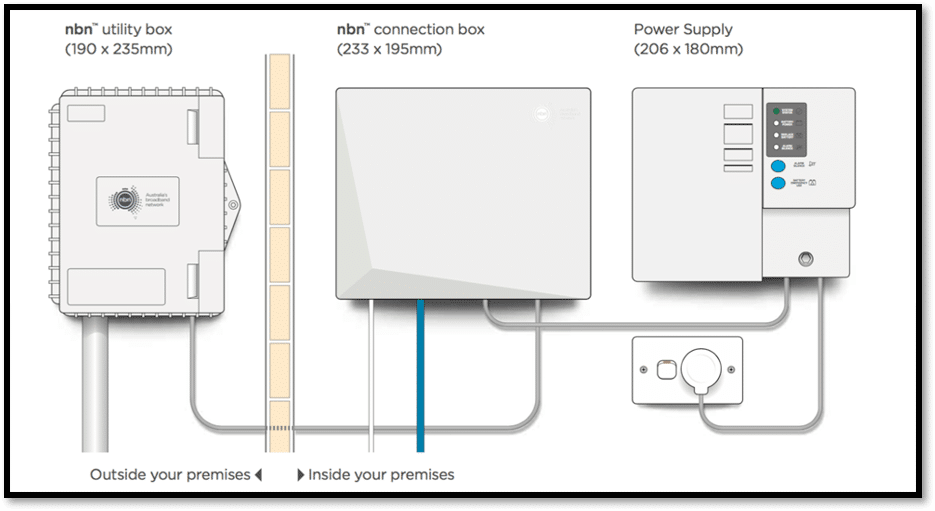
Fibre to the node (FTTN)
FTTN involves a line of fibre being run to a central location (known in nbn™ lingo as a node). This is often located at the end of your street or between a number of streets. From the node to your home the connection runs along traditional copper telephone line, which results in a drop in performance, but has allowed the nbn™ to be rolled out quicker to Australians.
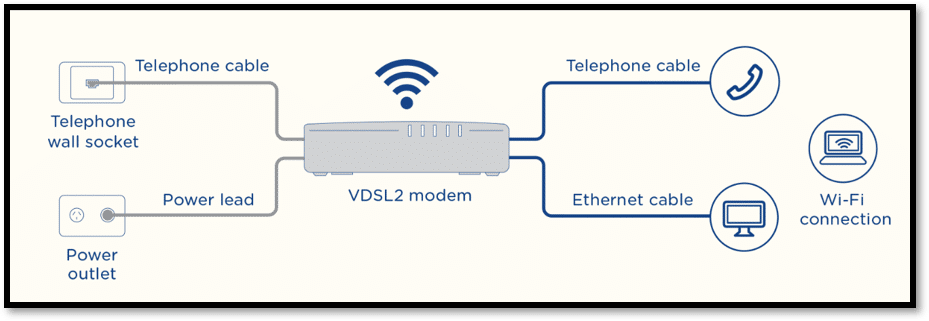
Fibre to the building (FTTB)
The next nbn™ connection on the list is FTTB, which is most common for apartment blocks and similar buildings.
The primary installation for an FTTB connection will be found in a secure cabinet in your building’s basement or communication room. From there, the nbn™ is delivered to your apartment via the cable infrastructure that is already present – be it copper in older buildings, or ethernet cables in newer installations.

Fibre to the curb (FTTC)
Fibre to the Curb (FTTC) is also known as Fibre to the Distribution Point (FTTDP) or Fibre to the Driveway. It may offer a better connection in terms of speed than FTTN. This is because the fibre optic cable is run to a street pit at the closest possible point to the premises. Instead of for the “last mile”, the copper wiring runs for only a matter of metres to your dwelling.
Below is a visual representation of what the FTTC technology looks like:
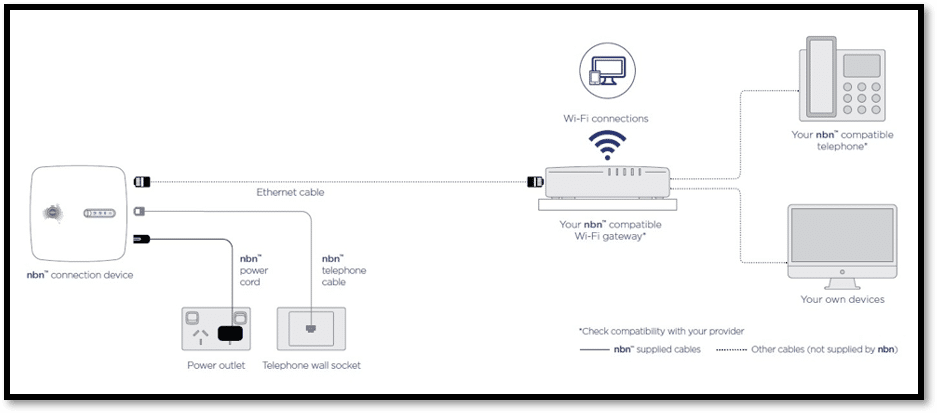
Hybrid Fibre-Coaxial (HFC cable)
Hybrid Fibre-Coaxial (HFC) is basically the same technology that is used to deliver cable TV subscriptions, such as Foxtel. So, if you’ve been getting cable TV, then chances are you’re able to get this particular nbn™ connection type. The great news for you is that this connection uses insulated wires that help to minimise interference. HFC is even able to take it up to FTTP when it comes to speeds in most cases.
Below is a diagram of the HFC technology setup:
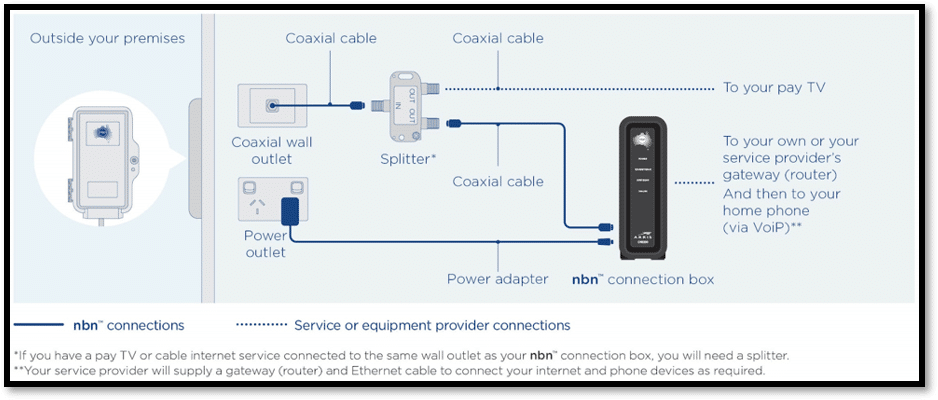

Current NBN situation and completion status
Accord to Gary McLaren in his “NBN Co Rollout & ARPU Progress”:
The Ready To Connect trend currently shows NBN Co will hit its FY20 target of 11.5 million premises. This comes up after a sharp slowdown in new premises declared Ready To Connect in the first quarter of FY20 compared to the last quarter of FY19.
Also of interest was a decrease of 130,449 premises classified as Ready to Connect in the week ending 10 October 2019 in the fixed wireless and satellite footprint. According to analysis from itnews.com.au the reason for the reduction is that these premises never existed in the first place. Apparently the latest NBN Co corporate plan has already allowed for this reduction so the target for Ready To Connect premises is presumably unchanged.
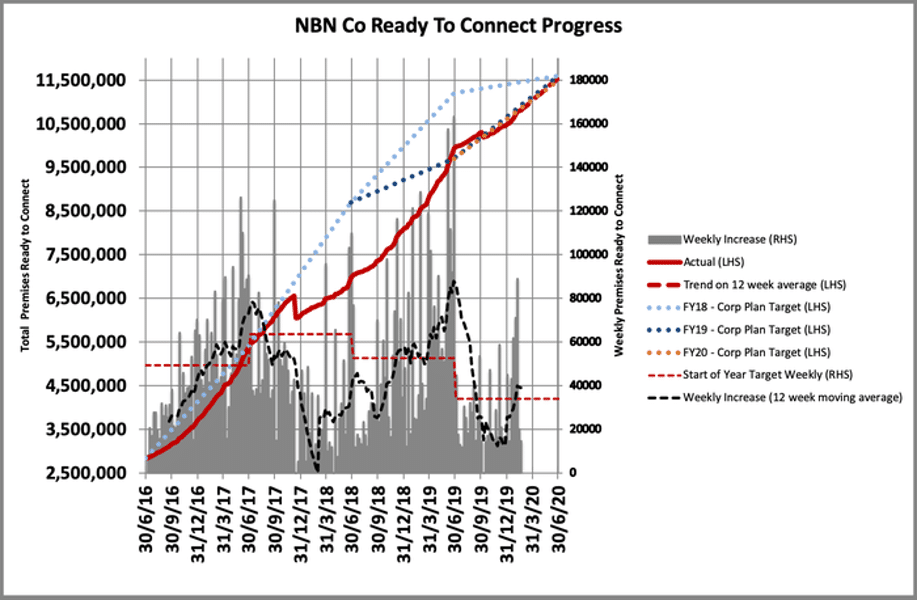
Right Internet for your business
NBN can only offer businesses an absolute maximum of 100mbps download and 40 upload…and with most businesses still using the old copper lines (FTTN) that is more likely to be 25 mbps downloads depending on your distance from the node.
The existence of different connection types now available is closely linked to the evolution of the National Broadband Network (NBN). When it comes to fibre through the NBN though, users have no real decision-making power in terms of getting an FTTP or FTTN connection; that depends on the infrastructure in place in your area.
In fact, for many smaller businesses with 20 or less users, an FTTN connection will be more than sufficient to meet the internet needs of their office locations and retail sites. Compared to other fibre options, the NBN will be a more affordable solution.
However, consumer-grade NBN services are not suitable for running business critical applications, voice or video with a larger workforce. Consumer-grade NBN is an asymmetric service with higher download speeds and much lower upload speeds. It is also a shared or ‘contended’ service currently without Service Level Agreements (SLA).
When scalability and reliability are crucial, there are many business-grade fibre-based products available that deliver the ultimate experience in data transfer. Business-grade fibre provides consistent and reliable symmetrical connectivity with high-capacity and high-speeds from 4Mbps to 1Gbps to power your business-critical applications. Contention ratios are guaranteed with business-grade SLAs. Of course, these types of plans are more expensive.
Conclusion
NBN cannot always deliver the best result depending on the type of NBN available to you, however The NBN will be the most affordable and effective solution for small business, especially if you are lucky and can get FTTP connection. If your business is running business critical applications, voice or video with a larger workforce, you can consider business-grade fibre connection which provides your higher and more stable internet connection with speed and SLA guarantee. Of course, these types of plans are more expensive
For the NBN order, it usually comes with default NBN modem, all of these provider modems are not stable and sufficient for business use. Would suggest to replace it with NBN compatible business grade modem.
Check NBN availability: https://www.nbnco.com.au/

Contact our friendly team today for an obligation free systems assessment.

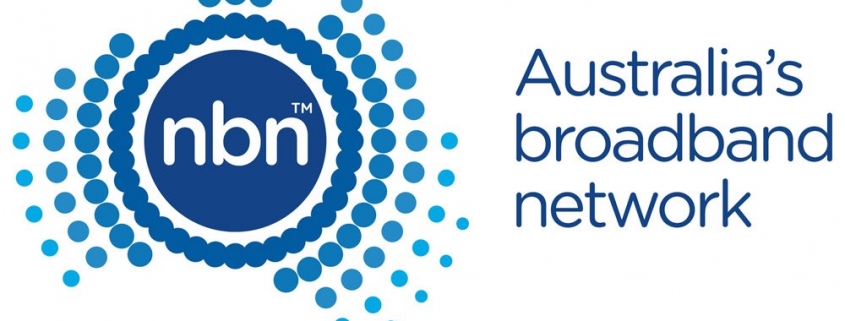



Leave a Reply
Want to join the discussion?Feel free to contribute!